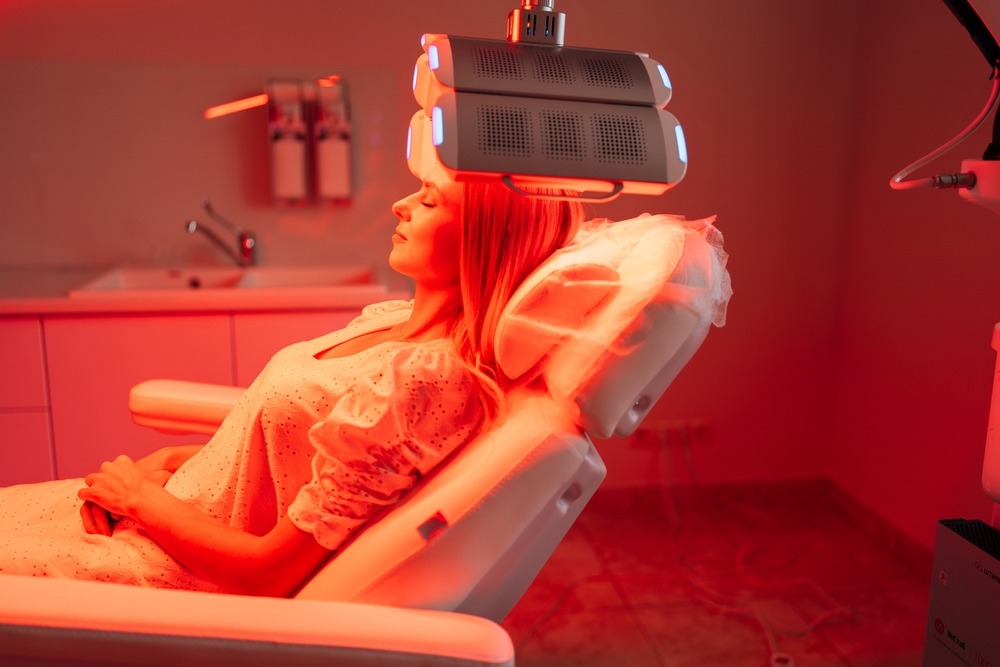In honor of Skin Cancer Awareness Month, we’re diving into the fundamentals of melanoma detection. Understanding the ABCDEs of skin cancer detection can empower you to take charge of your skin health. Let’s explore these key indicators and learn how to perform self-examinations effectively.
Q: What are the ABCDEs of melanoma detection?
A: The ABCDEs serve as a mnemonic device to help identify potential signs of melanoma, the deadliest form of skin cancer. Here’s what each letter represents:
A – Asymmetry: One half of a mole or lesion does not match the other half in shape or size. Normal moles are typically symmetrical.
B – Border irregularity: The edges of a mole are ragged, notched, or blurred, rather than smooth and well-defined.
C – Color variation: The color of a mole is not uniform but instead exhibits shades of brown, black, blue, red, or white within the same lesion.
D – Diameter larger than a pencil eraser: Melanomas are typically larger in diameter than the eraser of a pencil (6 millimeters or about 1/4 inch), although they can be smaller.
E – Evolution or change over time: Any changes in size, shape, color, elevation, or other characteristics of a mole should be monitored closely. New symptoms such as bleeding, itching, or crusting are also cause for concern.
By familiarizing yourself with the ABCDEs of melanoma detection and incorporating regular self-examinations into your skincare routine, you can play an active role in protecting your skin health. Remember, early detection is key to successful treatment, so don’t hesitate to reach out to our office if you notice any worrisome changes. Stay informed, stay vigilant, and prioritize your skin’s well-being.






